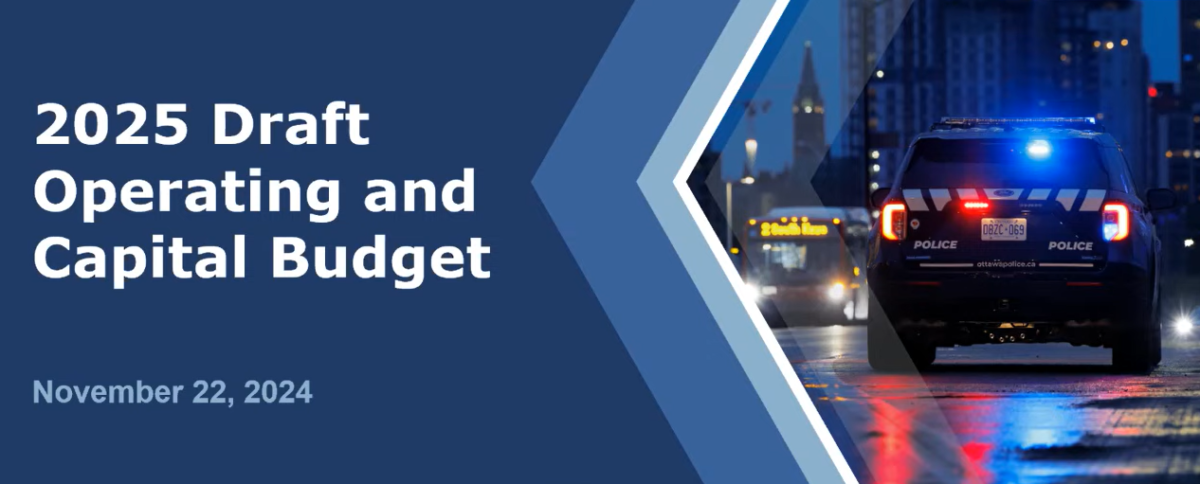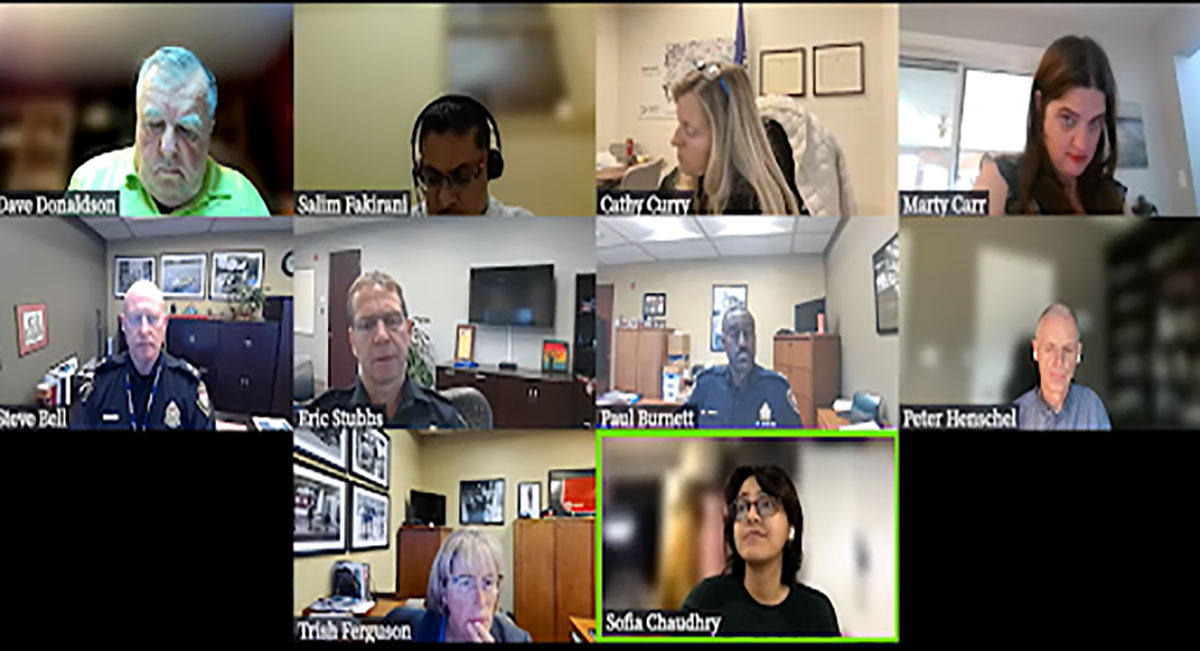Ottawa Police Chief Eric Stubbs highlighted the benefits of a proposed mounted patrol unit after the force’s planned use of horses to quell unruly protests was slammed by a critic during a city budget meeting on Friday morning.
The meeting of the Ottawa Police Service Board’s finance and audit committee invited community members to comment on the draft 2025 Ottawa Police budget ahead of its scheduled approval early next week.
“One horse can equate to 10 to 12 officer boots on the ground,” Stubbs said after a public delegate at the meeting questioned the police force’s plan to create a unit of municipal mounties.
The mounted police unit, consisting of officers on police-trained horses, would be supported by an allocated pool of provincial and federal funding totaling $13.7 million, including a substantial $1.4 million annually in operating expenses.
These horses, according to Stubbs, will be “invaluable” and should be considered a “game changer” when it comes to establishing a stronger police presence within the city.
Several reasons were set out to justify the unit’s creation, among them a growing need for crowd control in response to increased public demonstrations and protests in downtown Ottawa.
“Where their expertise lies is in things like crowd movement,” said Deputy Chief Trish Ferguson. “The height an officer has on a horse is actually a huge benefit.”
Acting as a physical deterrent for criminals intent on inciting violence and supporting efficient search and rescue missions were also cited as reasons to create a police horse unit.
“Mounted units have been used for hundreds of years in policing,” said Ferguson. “What we are proposing would be more in terms of an operational unit that would be used similar to officers on bikes, and officers in cars. It’s just that it’s a different medium to deploy them.”

Justifications for the mounted unit were offered by the top police leaders after a public delegate criticized the plan.
“These millions would be better directed to address critical areas such as housing, mental health care, and public transit,” community member Sofia Chaudhry told the board.
Chaudhry said the mounted police unit will pose greater risk to protesters engaging in public demonstrations. She insisted that an increased police presence won’t alleviate crime but perpetuate already existing cycles of inequality within the city.
“Recent demonstrations in Ottawa have highlighted police aggression towards civic protestors, curtailing their democratic rights,” said Chaudhry, evidently referring to clashes between officers and pro-Palestinian protesters earlier this week. “With its budget allocation of funding for a mounted police unit downtown, the police’s aggressive tactics will be able to cause greater physical harm to our citizens.”
Chaudhry added: “We cannot police our way to safety or prosperity, but we can build these through equity, care, and community support.”
If approved, the proposed mounted police unit would begin training early next year.
“The training is incredible,” said Stubbs. “Our friends at the Toronto Police Service have offered the training there. It’s 15 weeks, going to start in February — very comprehensive training to train the horses and our members so that they are ready to go in the spring.”



